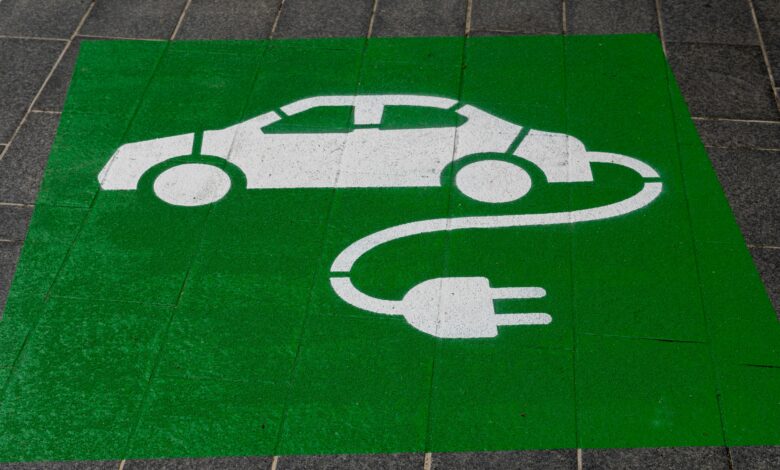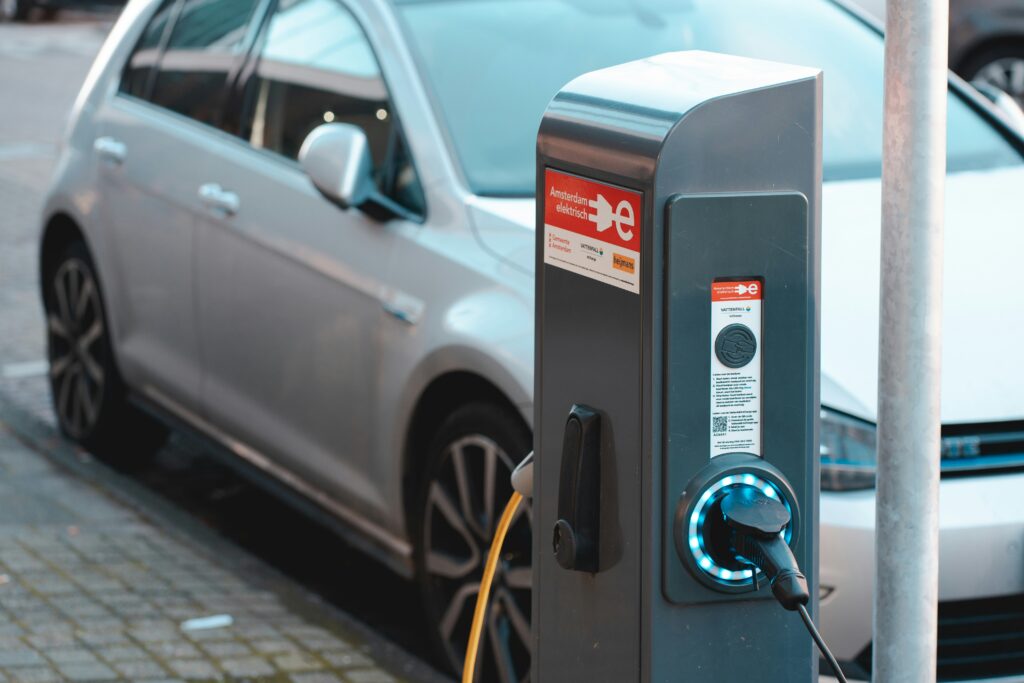
As the popularity of electric vehicles (EVs) continues to grow in the UK, with it comes the integration of innovative technologies that aim to improve the overall driving experience. Among these advancements, the Internet of Things (IoT) has emerged as a key player. IoT refers to the interconnected network of devices that communicate and exchange data over the internet. In the automotive sector, this technology is being harnessed to enhance vehicle performance, maintenance, and user experience.
Particularly, electric vehicles equipped with IoT devices utilise sensors to gather data on various parameters, including battery health, speed, and location. This information is then transmitted to cloud platforms for analysis, which enables manufacturers and drivers to monitor and optimise vehicle performance effectively. Given the role of IoT in enhancing the EVs’ functionality and driver experience, it’s important to maximise the use of this technology.
This article delves into how IoT technology is transforming electric vehicles and what it means for EV owners and drivers.

IoT Optimises EV Charging Solutions
One key benefit of IoT technology in electric vehicles is that it optimises the charging process by enabling smart charging solutions. Through IoT applications, drivers can schedule charging during off-peak hours when electricity rates are lower. This saves money for EV owners and contributes to a more stable energy grid by reducing demand during peak times. For example, a driver can programme their vehicle to start charging late at night, when demand is lower and energy costs are reduced.
To fully utilise this smart approach to charging, EV owners must ensure that their home charging infrastructure is set up correctly and safely. Fortunately, a qualified installer can help with this. If you have a Tesla vehicle, be sure you find a professional Tesla Wall connector installer for a smooth and efficient charging experience.
Vehicle-to-Grid Communication Promotes Better Energy Management
IoT technology also facilitates seamless communication between electric vehicles and the power grid, a concept known as Vehicle-to-Grid (V2G) communication. This interaction allows EVs to draw energy from the grid and to return excess energy back into it during peak demand periods. As a result, V2G technology contributes to a more balanced and efficient energy system in the UK.
With the stored energy in EV batteries utilised when the grid is under stress, drivers can save on energy costs and play an active role in supporting the energy infrastructure. This synergy between vehicles and the grid ultimately enhances the nation’s energy resilience.
IoT’s Remote Monitoring and Diagnostics Helps Catch Issues Early
Another significant benefit of IoT in electric vehicles is the ability to perform remote monitoring and diagnostics. With real-time data transmission, drivers can receive updates on their vehicle’s performance and potential issues before they escalate.
If a battery issue arises, for example, the system can notify the driver immediately, allowing them to address the problem proactively. This capability enables predictive maintenance, which is particularly beneficial for EV owners who want to avoid costly repairs and downtime.
Furthermore, such monitoring can help manufacturers track vehicle performance across different conditions. This can lead to improvements in future models based on actual data collected from the field.
Improved User Experience with In-Car Infotainment and Connected Services
The integration of IoT in electric vehicles also extends to in-car infotainment systems and connected services. With this, drivers can access navigation, entertainment, and communication features with ease. For instance, real-time traffic updates can be integrated into navigation systems. This allows drivers to avoid congested routes along with potential road hazards and reach their destinations more efficiently.
Additionally, IoT-enabled vehicles can receive over-the-air updates, which ensures that software and functionalities remain updated without requiring a trip to the dealership. This convenience improves the overall user experience as well as makes electric vehicles more appealing to consumers who value technological advancement.
Safety Is Prioritised with Advanced Driver Assistance Systems
Safety is paramount in the design of electric vehicles, and IoT plays a crucial role in enhancing safety features. Advanced Driver Assistance Systems (ADAS) leverage IoT technology to provide functionalities such as lane-keeping assistance, adaptive cruise control, and collision warnings. These systems utilise data from various sensors to monitor the vehicle’s surroundings, thereby enhancing driver awareness and significantly reducing the likelihood of accidents on UK roads. Moreover, the continuous feedback from these systems helps drivers become more proficient and attentive, fostering safer driving habits over time.
Enhanced Emergency Response and Vehicle Security
In the unfortunate event of a collision, IoT technology can facilitate immediate emergency response through automatic crash detection and eCall services. This feature alerts emergency services and immediately provides them with critical information about the vehicle’s location and occupants, potentially saving lives.
Furthermore, IoT enhances vehicle security by offering features such as remote locking and tracking. If a vehicle is stolen, owners can quickly locate it using their smartphones, thereby deterring theft and ensuring peace of mind for EV owners.
IoT technology is revolutionising the electric vehicle landscape by enhancing connectivity, safety, and energy management. As the UK embraces electric mobility, the integration of IoT will undoubtedly play a crucial role in shaping the future of transportation. Ultimately, the collaborative effort between IoT and electric vehicles represents a significant leap towards a more efficient and safer driving experience for all.




